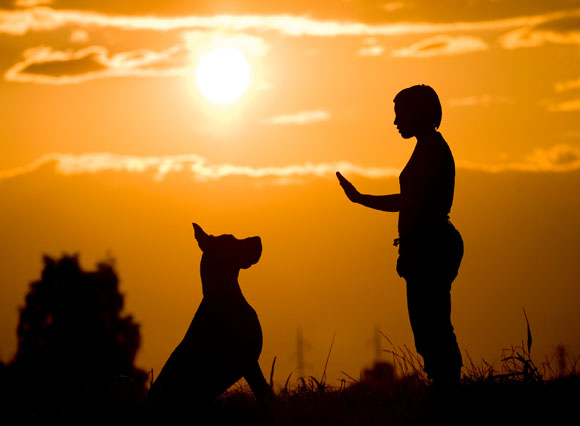 In 20 years of dog training, I’ve yet to find any subject more provocative that that of Power, Hierarchy and Dominance and its place in dog training. It’s a lightening rod that divides dog trainers into one camp or the other: those that train to achieve hierarchical dominance over their dog, and those that feel any training any training that involves hierarchy and dominance is, by association, inhumane.
In 20 years of dog training, I’ve yet to find any subject more provocative that that of Power, Hierarchy and Dominance and its place in dog training. It’s a lightening rod that divides dog trainers into one camp or the other: those that train to achieve hierarchical dominance over their dog, and those that feel any training any training that involves hierarchy and dominance is, by association, inhumane.
Here’s my farm-girl 2 cents on the subject.
To assume that hierarchy and dominance is, by association, “inhumane” assumes that hierarchical decisions between dogs involve physical conflict, pain and intimidation. Now, if one gets most of their information and insight into the world of animals from Animal Planet or the Nature Channel…I can honestly see how that conclusion could be drawn. But the problem is this: television is more about ratings than education. Knock-down, drag-out fights between rival males are exciting to watch, but this method of deciding who the “boss” is, from what I see in real life, is the exception not the rule in the animal world. The assumption that hierarchy and dominance is determined through conflict and pain as the norm is just not true, in my experience.
Clear order in social groups, in fact, keeps the group running smoothly. That’s why hierarchy exists. And why animals strive to figure it out. During any given day at my kennel, there are dogs coming into or leaving a play group. Each change requires a new hierarchy arrangement, like musical chairs. In nature, dogs must refigure their pack hierarchy on a regular, ever-changing basis as new dogs come of age, others get older and less physically able, still others become sick or injured, and so on. Each “change” in the group – be it a wild, natural group, or a man-made one in a home or at a boarding kennel or dog park -requires a reshuffling of the hierarchical order. What I see playing out in real life is something quite different than what is aired on television and assumed by those individuals, who have taken up the Anti-Dominance banner in an effort to lobby for the well-being of dogs.
Hate to admit it, but I’ve been watching animal behavior for over 50 years (!) Instead of watching nature shows, I grew up on a ranch, and still live on one. I’ve lived with animals, not pets. I’m lucky in that way, because I’ve had a unique vantage point and have been able to observe animals making hierarchal decisions on their own – right in front of me – many times a day. Whether it’s the cows in the herd, the horses in the fields, or the dogs at my boarding facility, these everyday decisions re: Who’s on top? Who’s on the bottom? and Who’s in the middle? happen without bloodshed, pain or conflict. Who gets the hay? Who keeps the ball? Who can jump on whom? …is most often communicated and decided with a look, a posture, a bump, a low moo or growl – maybe a nip to underscore the point – but not a fight! It’s conversation, not confrontation, and it does the job. The hierarchy is confirmed or refigured and life goes on. Peacefully. Naturally. Think about it. If there were a hundred vicious fights a day, each time the order had to be revised and the power structure redefined… canines as a species would certainly be extinct by now! Don’t get me wrong – of course conflict can and does happen in nature, but it is a most rare exception, from what I’ve seen in my 50+ years of farm life, and from observing the thousands of dogs we care for each year in our kennel.
From this perspective, here’s what I believe.
Training dogs with hierarchy and leadership need NOT involve intimidation or overt dominance. Communicating rank is a good thing, because it’s what every dog really wants to know. Communicating rank and hierarchy can and should be subtle, like it is between dogs themselves. Training with leadership is a conversation that simply sets behavioral boundaries with body language, sound and physical cues. This canine-inspired conversation explains to a dog that their owner is driving and he is not. Rank order is made clear, confrontation is avoided, and the dog settles in for the ride and willingly accepts the owner’s “rules of the road.” It’s a beautiful and natural thing.
Wouldn’t it be fabulous if power, hierarchy and dominance were understood from this more natural perspective? Think how well we would all get along as trainers, and how happy our dogs would be!


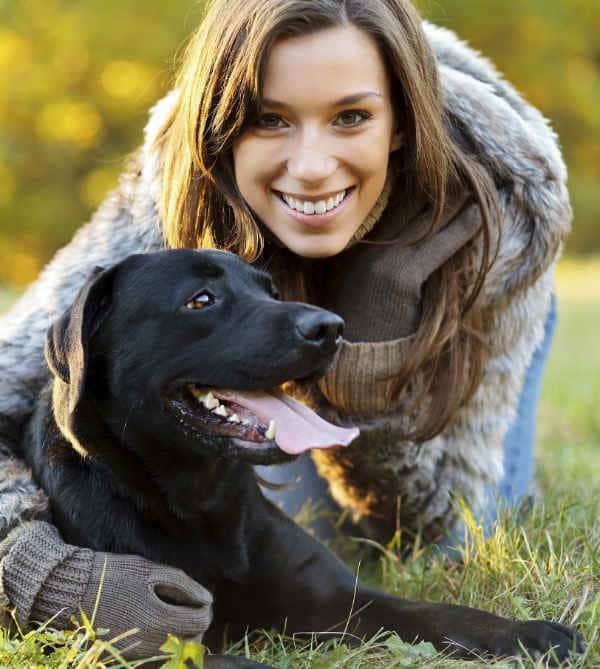
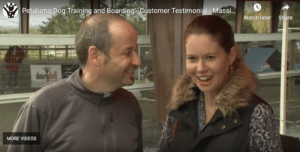
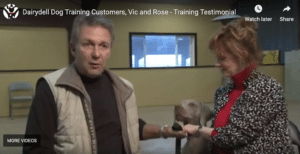
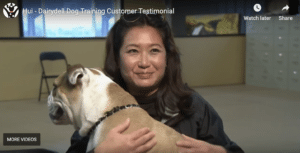
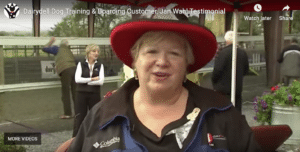



6 thoughts on “POWER, HIERARCHY and DOMINANCE: Them’s Dog-Trainer Fightin’ Words!”
I would like your ideas on getting my dogs to come to me, everytime. My dogs are great when no else is around they come ever time I call but when they are in a dog park forget it. I feel at lost as I have no collar, nothing to make them come to me. Help!
Thanks
Dave:
There are a couple of key points to know when training to improve your dog’s recall (“Come” command):
1. Dogs only do what they enjoy. Make sure your dog enjoys the RESULT of coming when called! If you are ever frustrated, impatient or angry at a slow-responding dog, it will affect the result negatively. And if the dog only heres “Come” when it’s time to LEAVE the dogpark… the word will have a negative connotation.
Make it a party! LOTS of celebration when your dog (finally) comes. And….if you really are leaving the dog park, have a fabulous treat waiting in the car. You want your dog to think that coming when called is MORE FUN than staying where he is.
2. Even with all that fun, a dog is asking his 4 questions before he will respond to any command (see my earlier post about Training vs. Obedience): Who’s Asking, Can You Make Me, What If I Don’t and What If I Do. If you cannot answer the “Can You Make Me?” question, you really are setting yourself up for failure with the Come command.
I teach my dogs to Come on long lines, then shorter drag leashes – so I can follow-through on my requests. THEN I celebrate with them. Until you’ve convinced your dog that responding to your command is NOT optional, that you WILL follow-through and he is more reliable because of it, and that it will be worth his effort in the end…don’t call to Come when his response is in question. GO GET HIM instead…and then remember to Celebrate!!!
If you follow these simple suggestions, I guarantee your dog will get better and better at responding to the Come command!
-Diva
Hi my name is Robin, I have a 8 1/2 month Australian Shepherd. Who completly runs the show. Even now as I am trying to send this message he is barking at me lunging, because he doesn’t want me on the computer at this time. The same goes as when I use my cell phone, or any time really when River feels like it. Im a shame to say it but River does not respect me at all. He thinks he’s the Alpha and Im pretty sure to say he is. Ive tried everything talking, yelling, hitting, as my roommate suggest. I don’t hit hard tho- as I don’t want to hit him. My roommate even bought a stun gun! for me to use. Which I would never ever use. I walk him at least once a day, and he goes to camp bow wow once a week. We did a 6 week training class offered from Petco, it helped a little taught me things. But wasn’t enough. He is getting a lot more aggressive barking at people , lunging when we walk, chewing on funiture now? at 81/2 months I don’t understand why he now has started doing that. I love him so much he is my bestfriend, and I his. He follows me every where including the bathroom. He constantly watches me my every move and more and more does approve. If it’s not about him. Im afraid I may have to let him go, if this behavior continues. I wish I could afford your herding class but I can’t. Can you please give me some advice on what I can do or what can be offered for a reasonable price. Or is it too late because of his age.
Sincerely Robin
Robin:
I can tell you’re at the proverbial end of your leash with your dog. You do need professional help, but it’s not the herding class. What you need first and foremost is a lesson on how to be perceived by your dog as a Leader – his leader.
All the behaviors you have described reflect a dog that thinks he is the King and you his servant. To change that perception, you start acting like a natural Leader: take control, curtail his freedom, quietly insist that he do everything you ask. What you must NOT do is act angry, be punitive, or lash out at him in any way. Those emotional reactions are NOT leadership at all. They are perceived by animals as evidence of weakness! Here are a few simple things to try on your own, while you budget for a hour professional help:
1. STOP THE YELLING. STOP THE HITTING.
2. Crate train your dog.
3. Keep him in the crate or a dog run while you are gone or not supervising him.
4. When he comes out of the crate, let him relieve himself outside, then keep him on a leash in the house; do not let him roam wherever he wishes. He must stay with you. You are sending the message that you are setting all the rules in the household, not him.
5. Walk him AT YOUR SIDE, and do not let him walk ahead. (that would just reconfirm that he is the “leader”).
6. Whenever you ask for a command, ask ONCE then insist sweetly that he comply. NO CRABBY VOICE. Quiet, calm and in control. Getting what you ask for without begging or arguing is the hallmark of a true Leader.5.
Try that and let me know how it works. When you can schedule a private “Fix It Fast” hour with me, call the office at (707)762-6111.
-Diva Camilla
We have 2 labs, 2 years old. We have trouble leaving the boy in the house when we are gone or at night because he will chew anything left out or rugs etc. He is a very gentle dog. He also licks his paws not raw but enough to leave a puddle. The vet can’t find any reason for this. We’ve changed his food and that didn’t help. Really the main issue is the chewing. Candace
Hi, Candace:
Thanks for your question. You mention that your male lab is the one with the issues when you leave. Can I assume the other dog is a female? Sounds like they are littermates and the boy is the wimp of the two. Here’s a simple thing to try:
Because all dogs – especially young ones — will experiment with various behaviors when unsupervised, your best bet is to crate both dogs overnight and when you leave. The confinement of the crate will prevent inappropriate chewing in your absence and you may even find that the security of the crate and the nearness of his sister in the crate next door helps your male with his quirky paw licking. That behavior is often the result of anxiety.
In my experience, anxiety in a dog is often diminished by establishing better boundaries and rules at home. Too much freedom, on the other hand, increases anxiety. Nervous dogs in particular are comforted by rules and routine; they are uneasy with unlimited freedom — especially when their Leader leaves them to fend for themselves.
1. Crate your dogs overnight and when you leave (or put them in a nice dog run outside if you are going to be gone more than 5 hours).
2. Supervise them when you are home.
3. Set more boundaries and enforce more rules with them.
4. Consider enrolling in a good obedience course with your nervous male (and use what you learn at class with your female.)
Those are the Diva’s suggestions. Let me know if any of them help!
-Diva